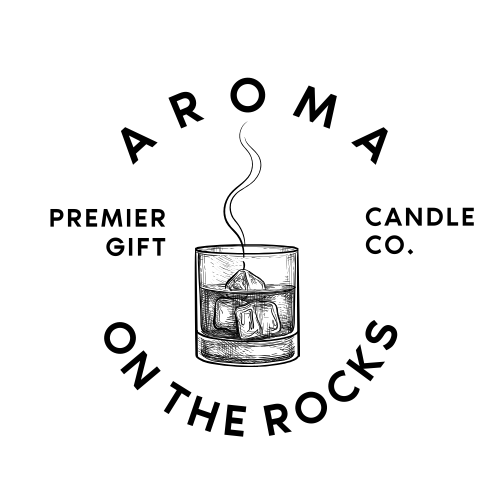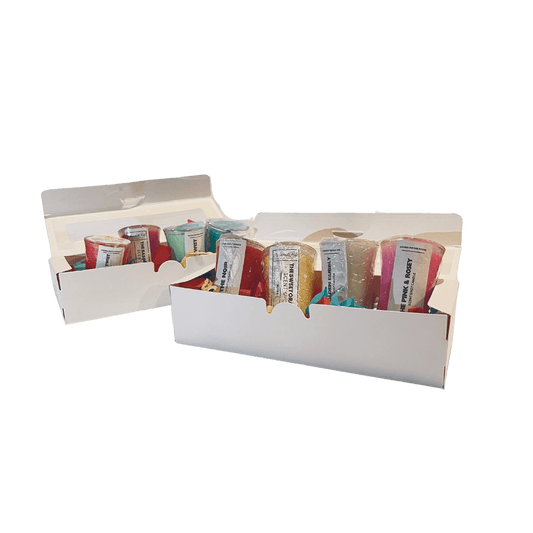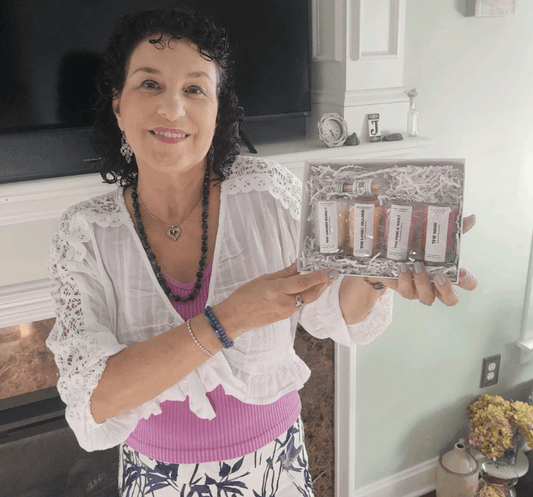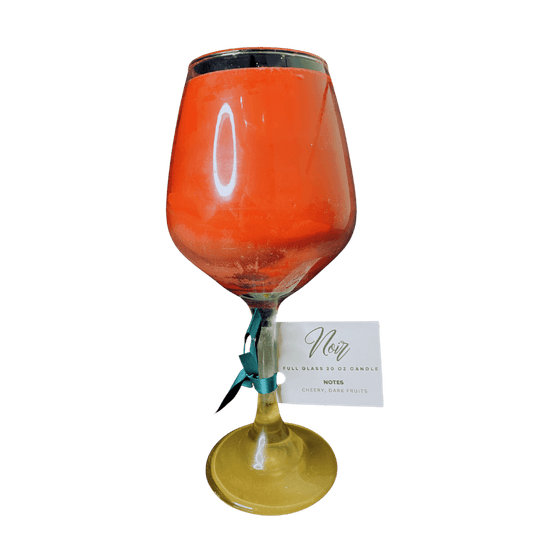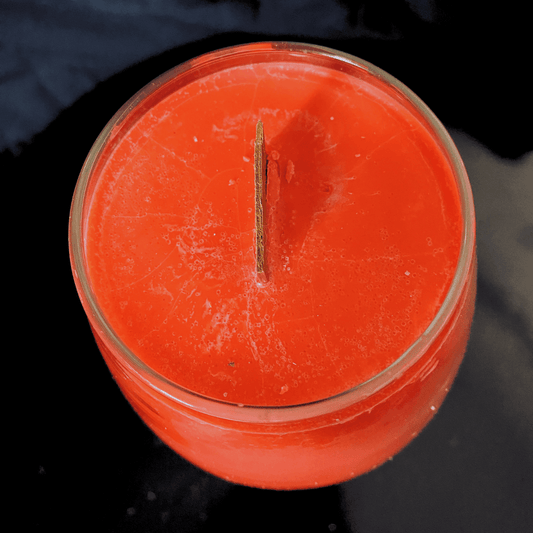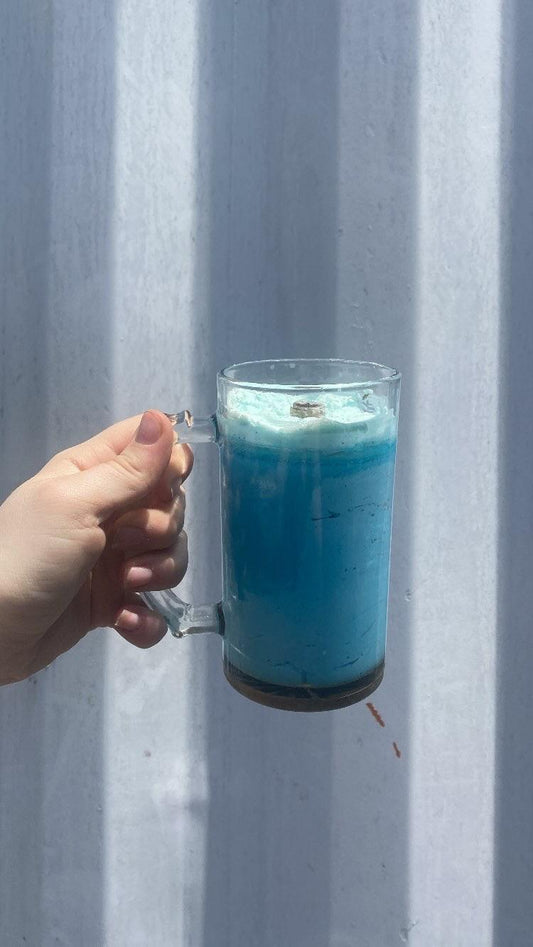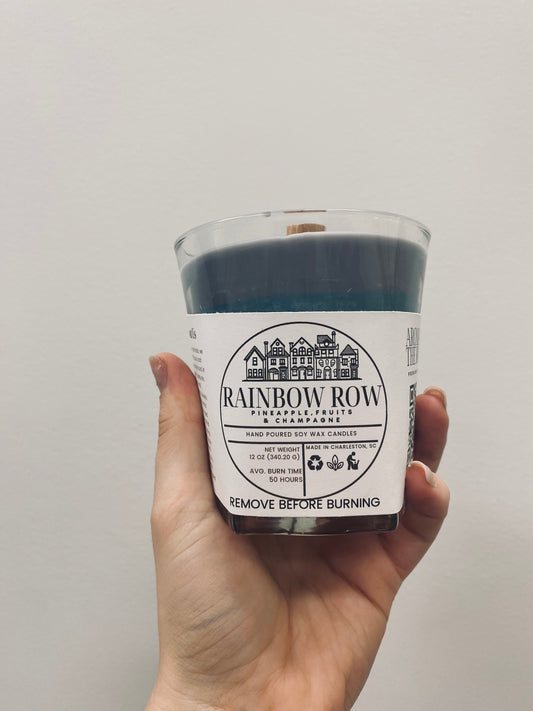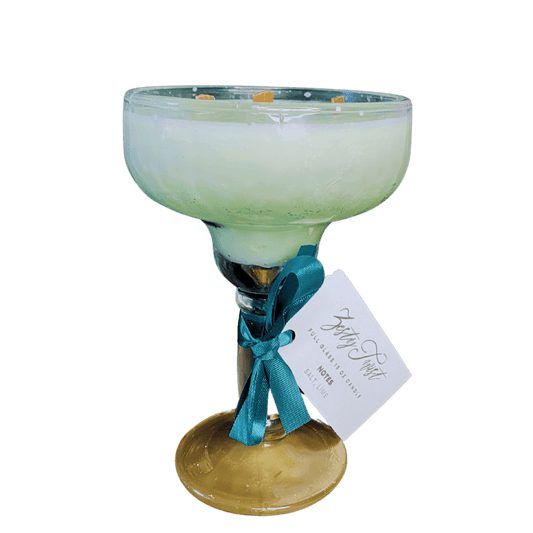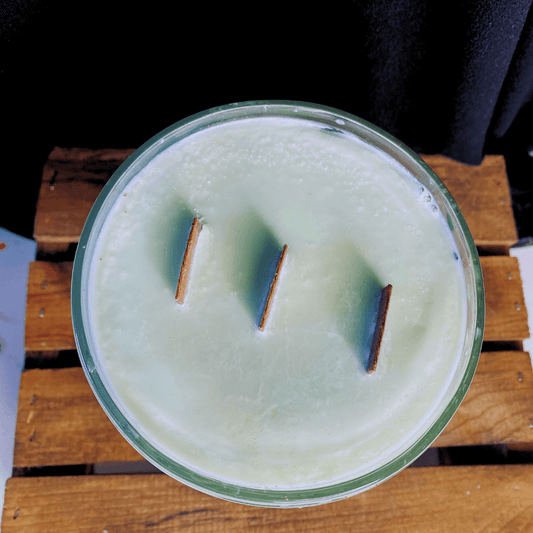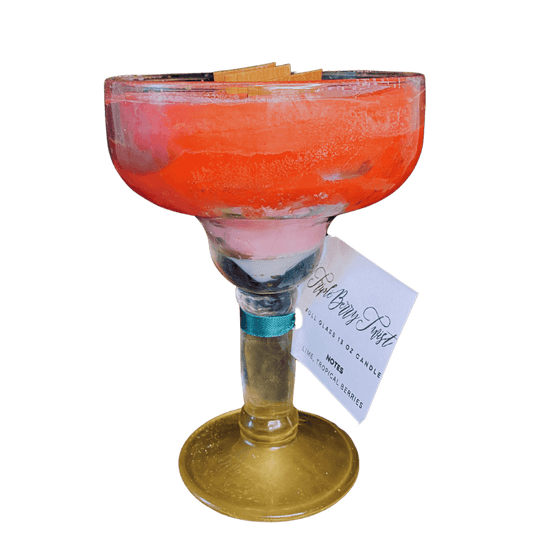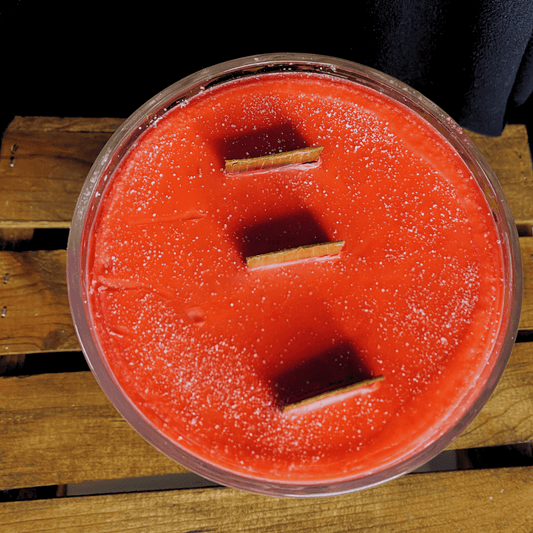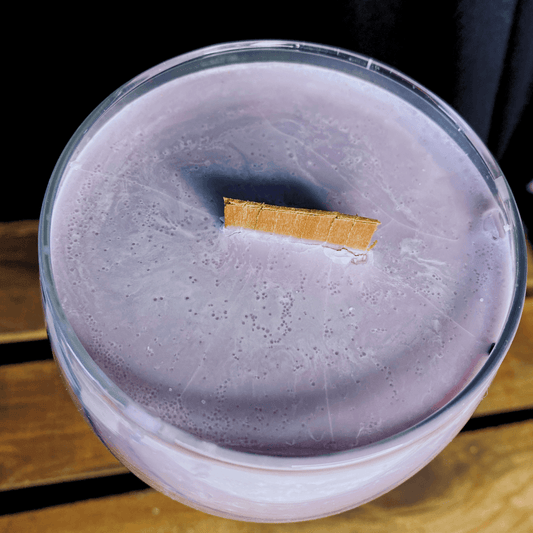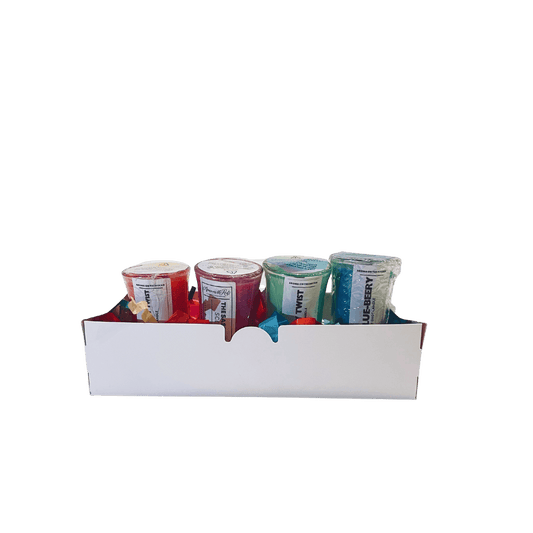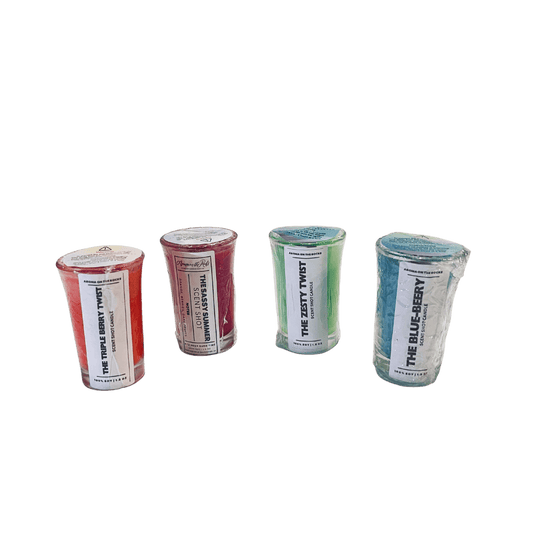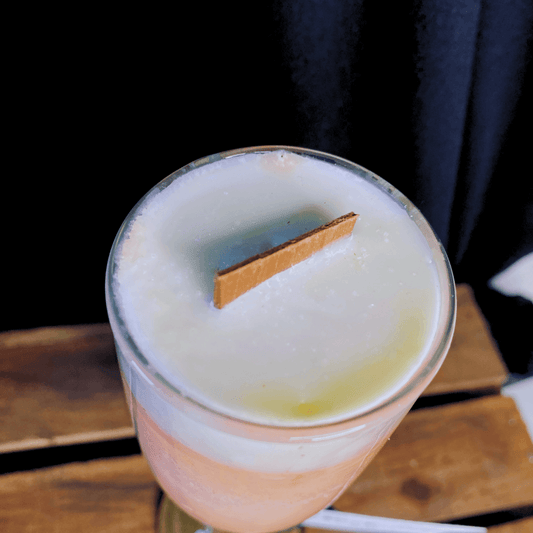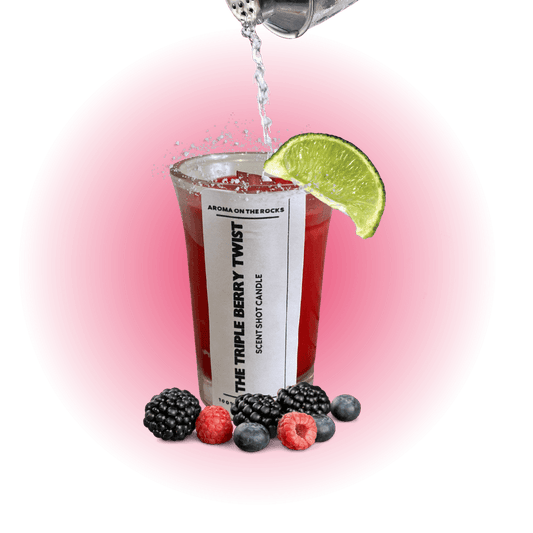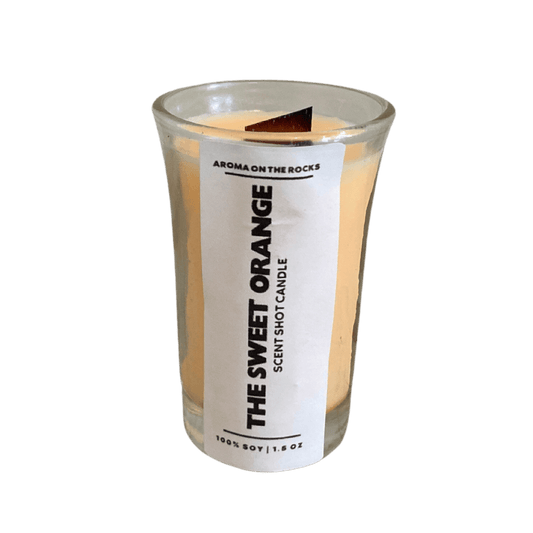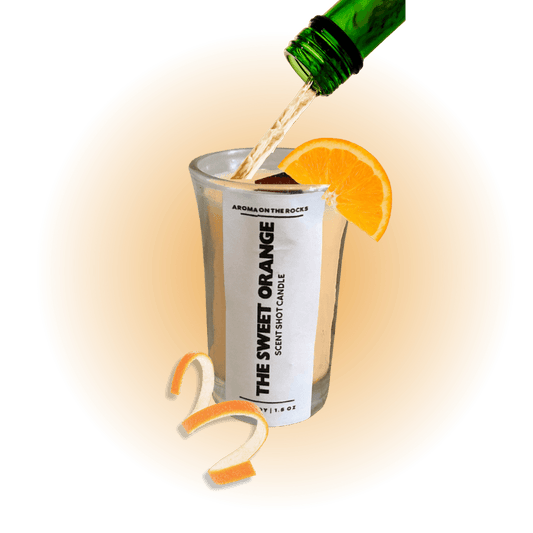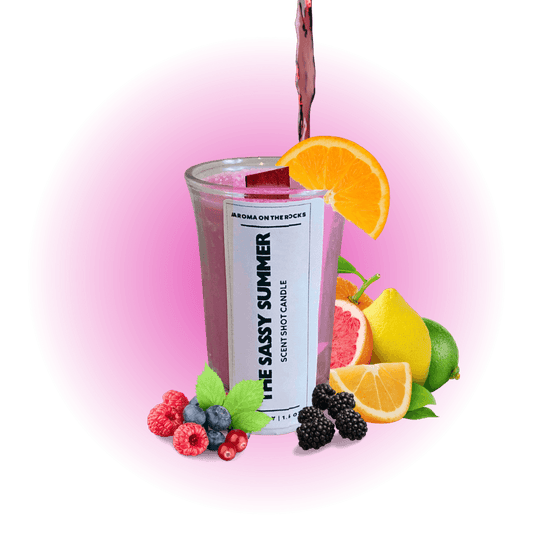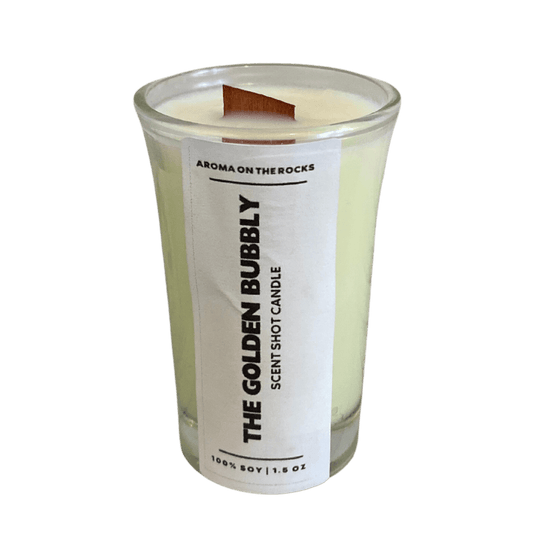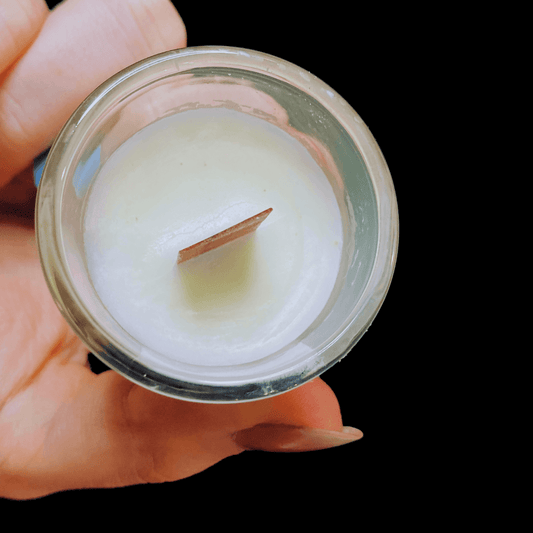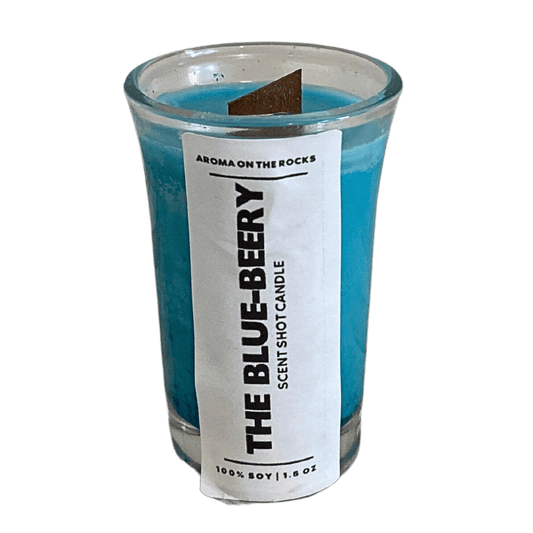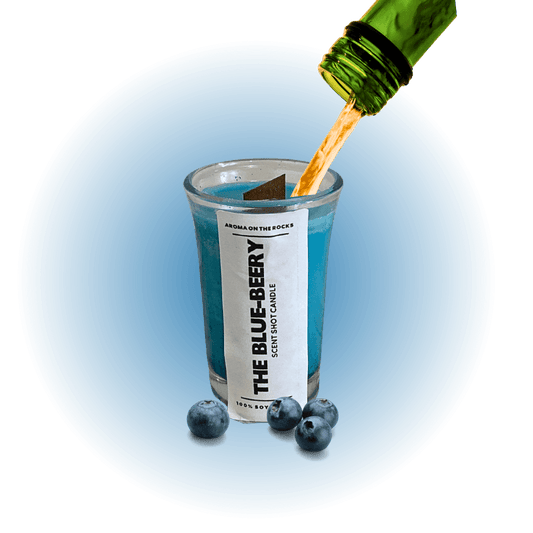
Get shopping with FAIRE!
Buy products for your store or event that your customers will love.
Resources
Explore Aroma on the Rocks' Resources page for expert candle care tips, frequently asked questions, and helpful guides. Enhance your candle experience with our comprehensive support and information. Perfect for both new and seasoned candle enthusiasts.
Check Our Best Sellers!
-
Mocktail Collection Flight Box (Full 8 Scent Set)
Regular price $60.00 USDRegular priceUnit price / per$72.00 USDSale price $60.00 USDSale -
The Noir Full Glass
Regular price $35.00 USDRegular priceUnit price / per -

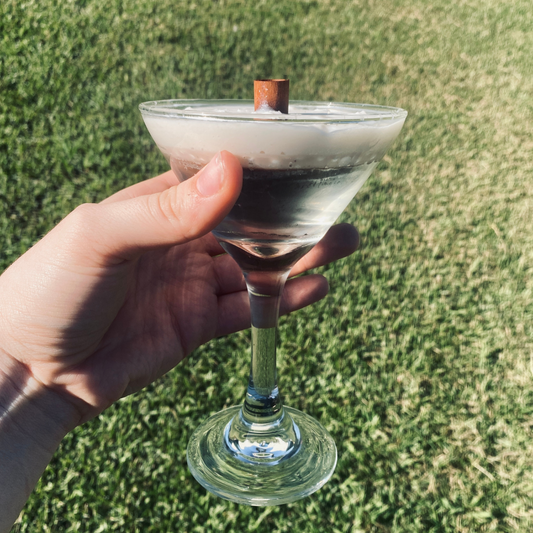 Sold out
Sold outEspress-tini Full Glass
Regular price $27.00 USDRegular priceUnit price / per -
Blue-Beery Full Glass
Regular price $27.00 USDRegular priceUnit price / per -
Rainbow Row Striped Mocktail Candle (Full Glass)
Regular price $25.00 USDRegular priceUnit price / per -
Zesty Twist Full Glass
Regular price $25.00 USDRegular priceUnit price / per -
Triple Berry Twist Full Glass
Regular price $25.00 USDRegular priceUnit price / per -
Sassy Summer Full Glass
Regular price $25.00 USDRegular priceUnit price / per -
Fruity Spirits Half Flight Box (4 Scents)
Regular price $22.00 USDRegular priceUnit price / per$36.00 USDSale price $22.00 USDSold out -
Sweet Florals Half Flight Box (4 Scents)
Regular price $22.00 USDRegular priceUnit price / per$36.00 USDSale price $22.00 USDSold out -
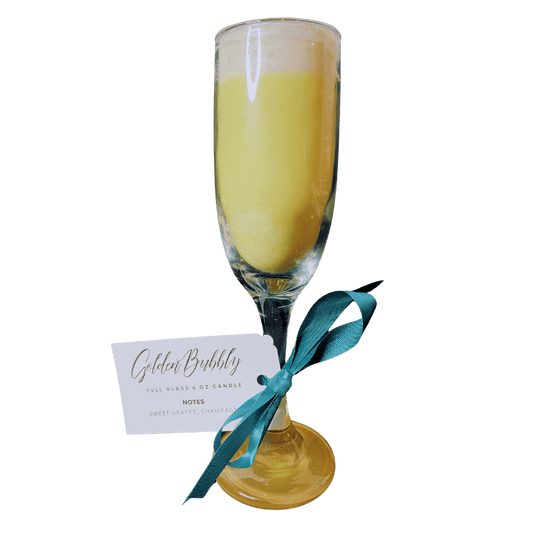
 Sold out
Sold outGolden Bubbly Full Glass
Regular price $15.00 USDRegular priceUnit price / per -
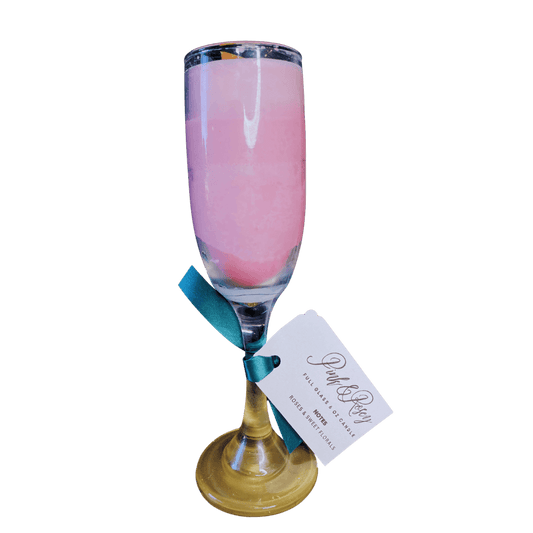
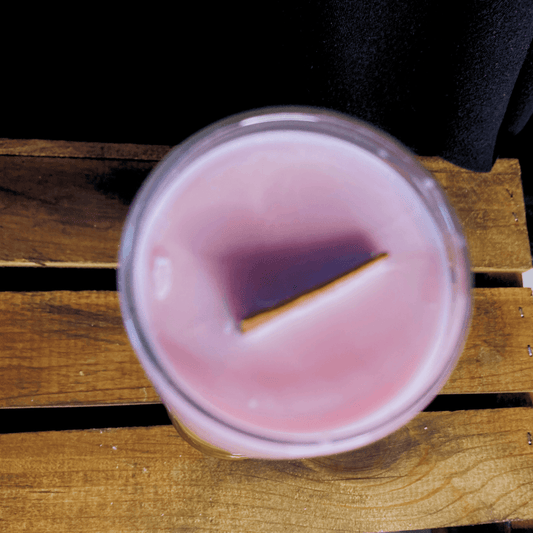 Sold out
Sold outPink & Rosey Full Glass
Regular price $15.00 USDRegular priceUnit price / per -
Sweet Orange Bubbly Full Glass
Regular price $15.00 USDRegular priceUnit price / per -
Mystery Drink Candle Gift Box
Regular price From $10.00 USDRegular priceUnit price / per -
Marg-A-Mixa Scent Cube Wax Melts
Regular price $8.00 USDRegular priceUnit price / per -
Bubbly Basics Scent Cube Wax Melts
Regular price $8.00 USDRegular priceUnit price / per -
Espress-tini Scent Shot
Regular price $6.00 USDRegular priceUnit price / per -
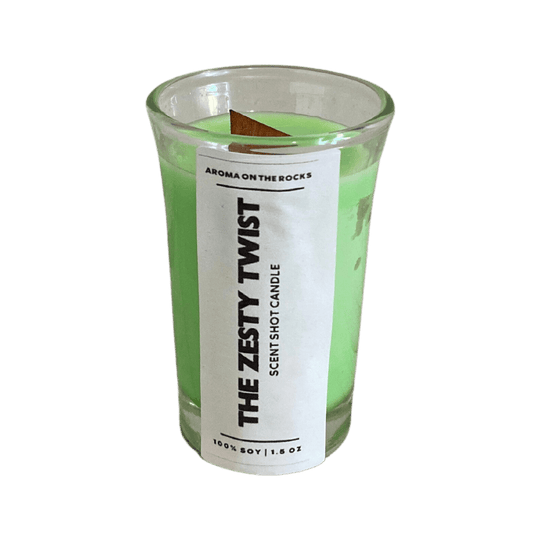
 Sold out
Sold outZesty Twist Scent Shot
Regular price $6.00 USDRegular priceUnit price / per -
Triple Berry Twist Scent Shot
Regular price $6.00 USDRegular priceUnit price / per -
Sweet Orange Scent Shot
Regular price $6.00 USDRegular priceUnit price / per -
Sassy Summer Scent Shot
Regular price $6.00 USDRegular priceUnit price / per -

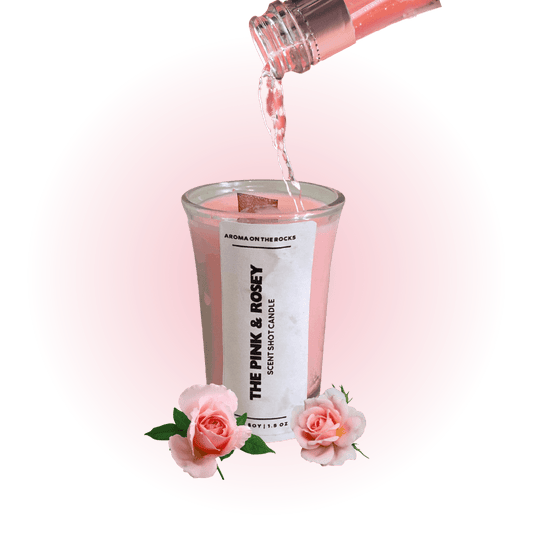 Sold out
Sold outPink & Rosey Scent Shot
Regular price $6.00 USDRegular priceUnit price / per -
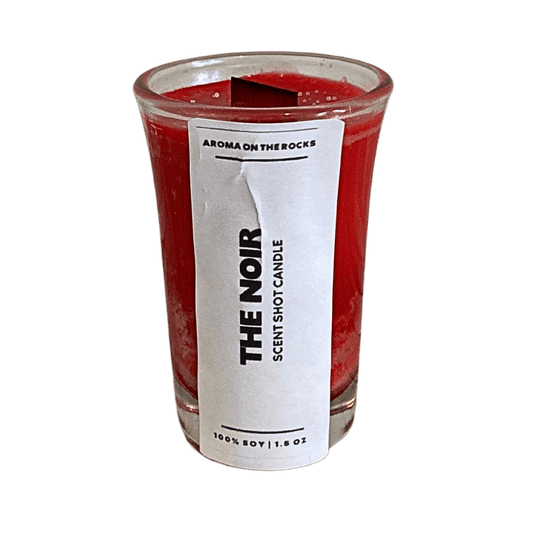
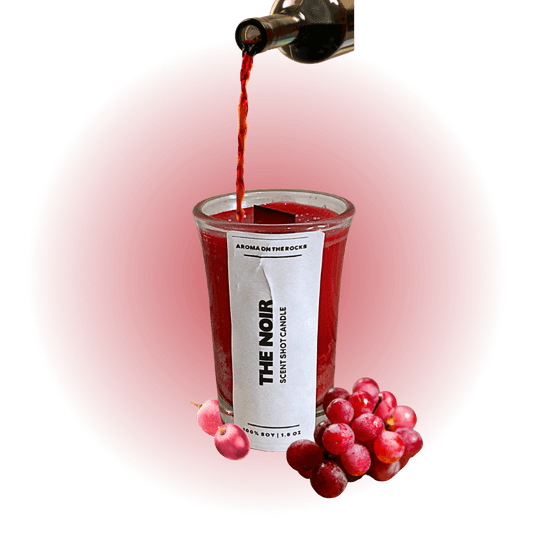 Sold out
Sold outThe Noir Scent Shot
Regular price $6.00 USDRegular priceUnit price / per -
Golden Bubbly Scent Shot
Regular price $6.00 USDRegular priceUnit price / per -
Blue-Beery Scent Shot
Regular price $6.00 USDRegular priceUnit price / per
1
/
of
25
